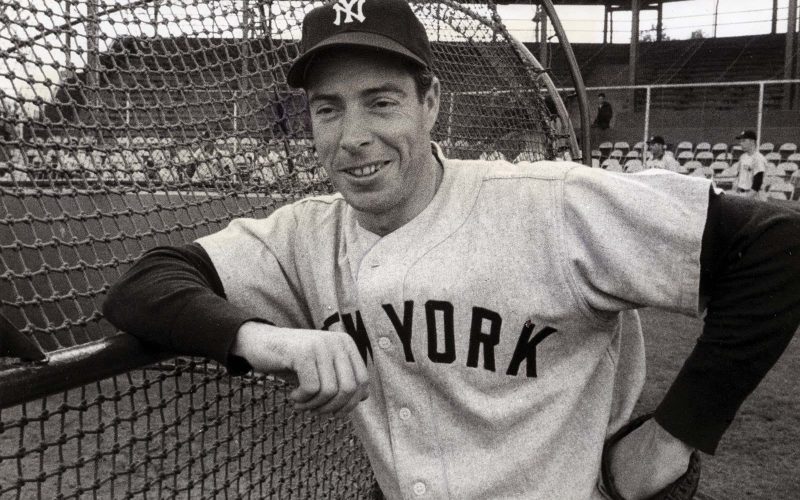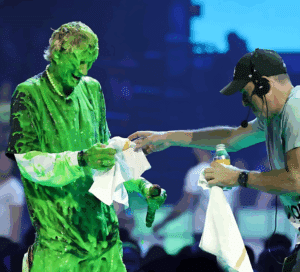Author Christopher Lehmann-Haupt interviews the Yankee great in Me and DiMaggio: A Baseball Fan Goes in Seach of His Gods. The book was written in New York City, although the interviews took place in San Francisco, where DiMaggio lived. The book offers fantastic insights into the life of the Yankees slugger. Not only was he a great baseball player, he led a charmed life. He was a relucent star. If you were as famous as the Yankee Clipper, would you embrace the limelight?
Me and DiMaggio: A Baseball Fan Goes in Search of His Gods Summary
It is amazing that Lehmann-Haupt in Me and DiMaggio: A Baseball Fan Goes in Search of His Gods had such great access. Among the stars the author talked to were Ron Guidry, Pete Rose, Lou Brock, Rod Carew, Earl Weaver, Charlie Lau, and, of course, Joe D. In the penultimate chapter, he sat in the Yankees spring training dugout in 1979. It took the author almost the entire book to get DiMaggio on the phone. He did that through the numerous contacts he met in the first eight chapters of the book.
Career Statistics
The Yankee Clipper was a great baseball player. For his career, he batted .325. And, in a fantastic statistic, he hit 361 home runs in his career and only struck out 369 times. That is a far cry from the modern sluggers. He would have hit more home runs were it not for the deep right-center field at Yankee Stadium, where many of his log shots died. He led the American League in home runs twice and in batting average twice. He won three Most Valuable Player awards and was an All-Star in all thirteen years he played in the Major Leagues.
The Greatest Life of the 20th Century
If you can imagine it, DiMaggio led the most charmed life of the last century. He played a premium position, centerfield. He was the rightful heir of Babe Ruth. He married the biggest sex symbol of the Century, maybe of all time, Marilyn Monroe. Everyone wanted to be him, and in a strange twist of fate, he prized his privacy and shied away from the public eye.
Conceit of the Yankee Clipper
Maybe because he led such a charmed life, Jolting Joe was nasty. He was a documented racist, maybe a product of his times. He called people horrible names, for instance he nicknamed teammate Yogi Berra ‘Gorilla.’ And, later in life, he showed a great deal of conceit. He always wanted to be last (when the Yankees won the World Series in 1996, he was in the ticker tape parade, in the last car) and wanted to get introduced as ‘the greatest living baseball player. The latter was a shot at longtime rival Ted Williams. Quantitatively, Williams was a better player. None of this comes through in Me and DiMaggio: A Baseball Fan Goes in Search of His Gods.
Conclusion
Me and DiMaggio: A Baseball Fan Goes in Search of His Gods is an old book, but it is entertaining to see the list of stars whom Lehmann-Haupt interviews. It is also exciting to see him use his contacts to reach his hero, the Yankee Clipper. The readers hear from so many stars in this book that it will appeal to baseball fans, but the pursuit will interest everyone. Fans of the New York Yankees of the late 1970s will particularly like this book as it follows the team through the 1979 season.








